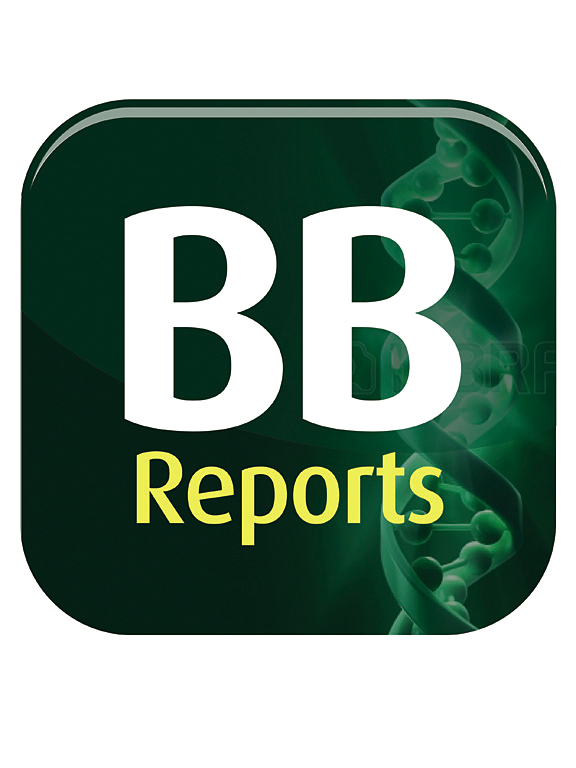利用单核RNA-seq对小鼠新生儿缺氧缺血性脑病模型进行高分辨率转录组分析
IF 2.3
Q3 BIOCHEMISTRY & MOLECULAR BIOLOGY
引用次数: 0
摘要
新生儿缺氧缺血性脑病(HIE)包括在出生前、出生时或出生后立即由大脑缺氧或血流失调引起的脑损伤。在急性期,神经元损伤是由兴奋性毒性驱动的,在随后的几个小时内出现永久性损伤。治疗方案的疗效有限,需要更深入地了解HIE的发病机制。单细胞RNA测序的最新进展使多种疾病的分子研究成为可能。然而,某些细胞(如神经元)的大尺寸给研究以神经元损伤为中心的条件带来了挑战。因此,我们采用单核RNA测序来评估小鼠HIE模型的损伤,发现海马的明显变化,神经元数量显著减少。我们观察到海马小胶质细胞的特征性激活,免疫染色证实了HIE模型。这些变化是联合缺氧缺血条件下特有的,而不是单独缺氧或缺血时观察到的。这些发现为HIE的分子和解剖学影响提供了见解,并强调海马体是理解疾病机制和治疗发展的关键焦点。本文章由计算机程序翻译,如有差异,请以英文原文为准。
High-resolution transcriptome analysis on a mouse model of neonatal hypoxic-ischemic encephalopathy using single-nucleus RNA-seq
Neonatal hypoxic-ischemic encephalopathy (HIE) encompasses brain injuries resulting from dysregulated oxygen or blood flow to the brain before, during, or immediately after birth. During the acute phase, neuronal damage is driven by excitotoxicity, with permanent injury manifesting over the subsequent hours. Treatment options have limited efficacy, requiring deeper insights into HIE pathogenesis. Recent advances in single-cell RNA sequencing have enabled molecular investigations of diverse diseases. However, the large size of certain cells, such as neurons, has posed challenges in studying conditions where neuronal damage is central. Thus, we employed single-nucleus RNA sequencing to evaluate damages in a mouse model of HIE and found pronounced changes in the hippocampus with significantly reduced neuronal populations. We observed the characteristic activation of hippocampal microglia, confirmed by immunostaining in the HIE model. These alterations were specific to combined hypoxic-ischemic conditions and were not observed with hypoxia or ischemia alone. These findings provide insights into the molecular and anatomical impact of HIE and highlight the hippocampus as a critical focus for understanding disease mechanisms and therapeutic development.
求助全文
通过发布文献求助,成功后即可免费获取论文全文。
去求助
来源期刊

Biochemistry and Biophysics Reports
Biochemistry, Genetics and Molecular Biology-Biophysics
CiteScore
4.60
自引率
0.00%
发文量
191
审稿时长
59 days
期刊介绍:
Open access, online only, peer-reviewed international journal in the Life Sciences, established in 2014 Biochemistry and Biophysics Reports (BB Reports) publishes original research in all aspects of Biochemistry, Biophysics and related areas like Molecular and Cell Biology. BB Reports welcomes solid though more preliminary, descriptive and small scale results if they have the potential to stimulate and/or contribute to future research, leading to new insights or hypothesis. Primary criteria for acceptance is that the work is original, scientifically and technically sound and provides valuable knowledge to life sciences research. We strongly believe all results deserve to be published and documented for the advancement of science. BB Reports specifically appreciates receiving reports on: Negative results, Replication studies, Reanalysis of previous datasets.
 求助内容:
求助内容: 应助结果提醒方式:
应助结果提醒方式:


